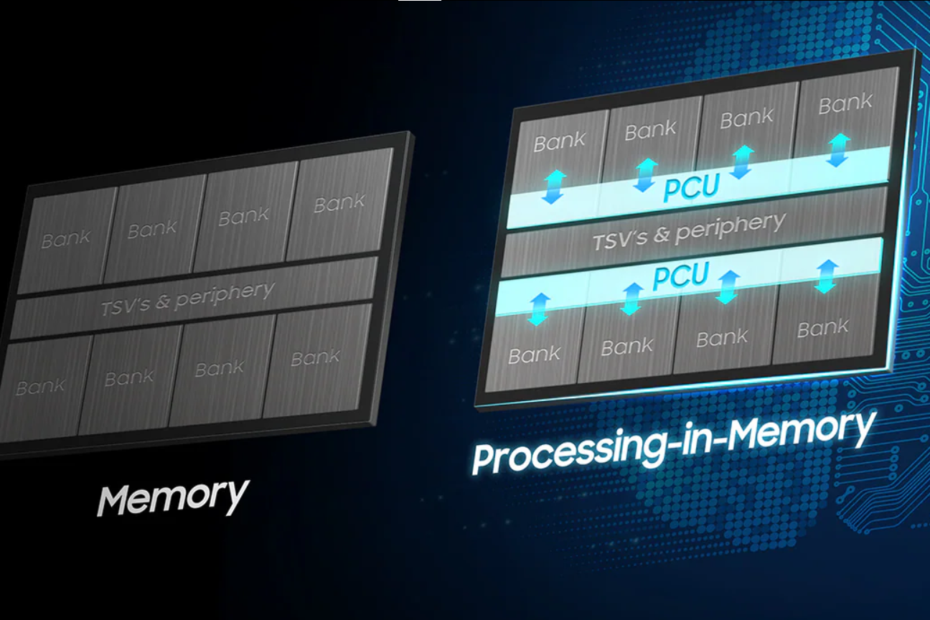DeepSeek: Stop the Panic
By Bolaji Ojo
What’s at stake:
DeepSeek nearly sank Nvidia and other AI model players. Except DeepSeek itself is barely known by anyone, its true story still a mystery, and the likely impact on the artificial intelligence market undetermined. It won’t be the last enterprise to put a dent on the AI market, however, according to Market Traction’s Steve Carr who says many more such surprises are waiting in the wings, both in the West and in China.
The race for leadership of the artificial intelligence market got scrambled last week. The debut of China’s DeepSeek AI model sparked a selling frenzy on Wall Street as spooked investors dumped Nvidia and other AI-related stocks. The implications of DeepSeek’s platform are not clear, however. Not enough is known about how it was developed, meaning a full assessment of its market implications are months away.
What is clear is that DeepSeek’s AI model isn’t a result of any mega innovation in semiconductor or software processing, considering the Chinese company is leveraging resources from other models, including ChatGPT, and depended on chips from Nvidia Corp., the market’s leading vendor of AI semiconductors. This doesn’t take away from the disruptive effects DeepSeek has had on the market already, though. Other questions were raised in a webcast discussion with Steve Carr, founder of Markettraction.io and TalkingIoT.
Read More »DeepSeek: Stop the Panic









